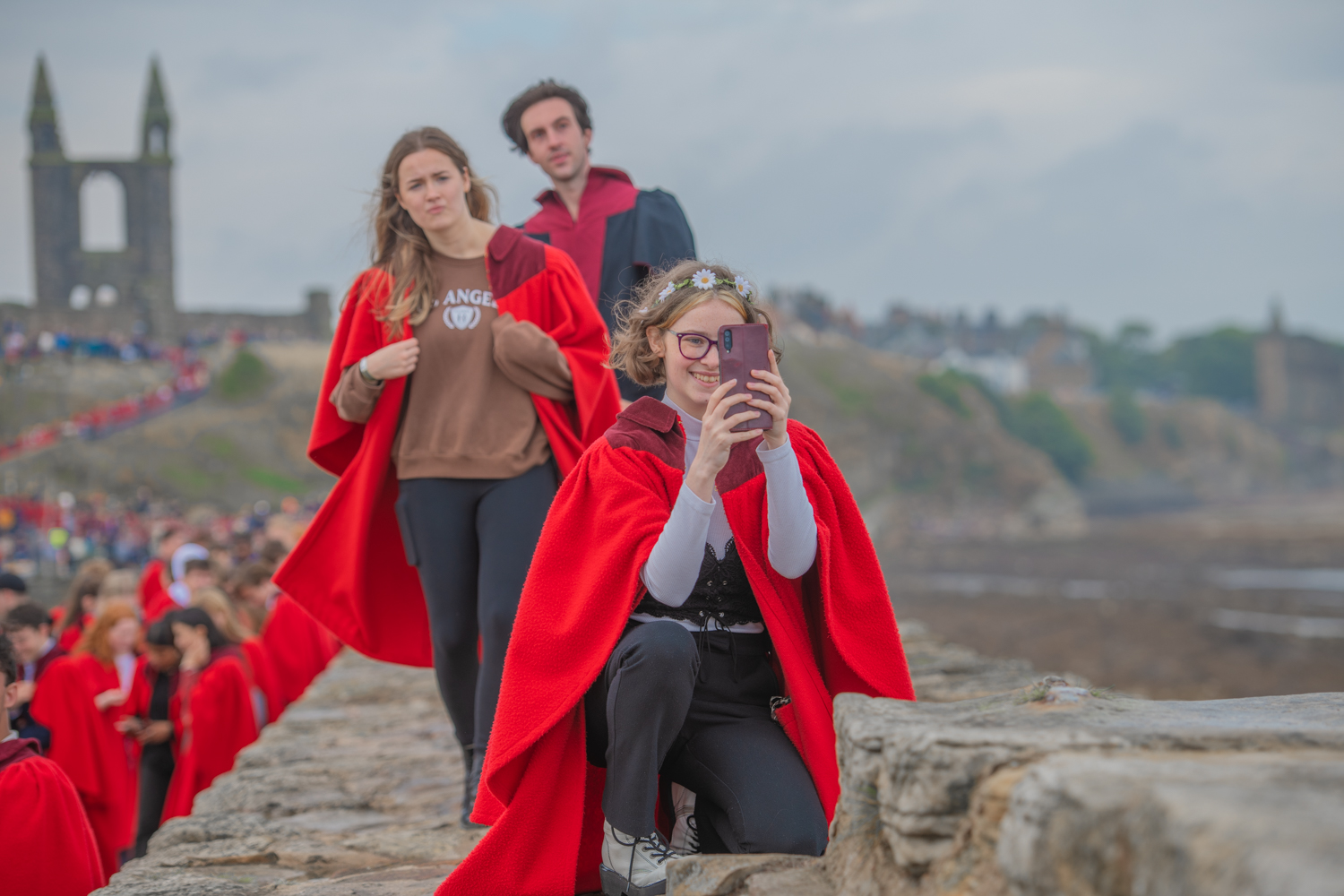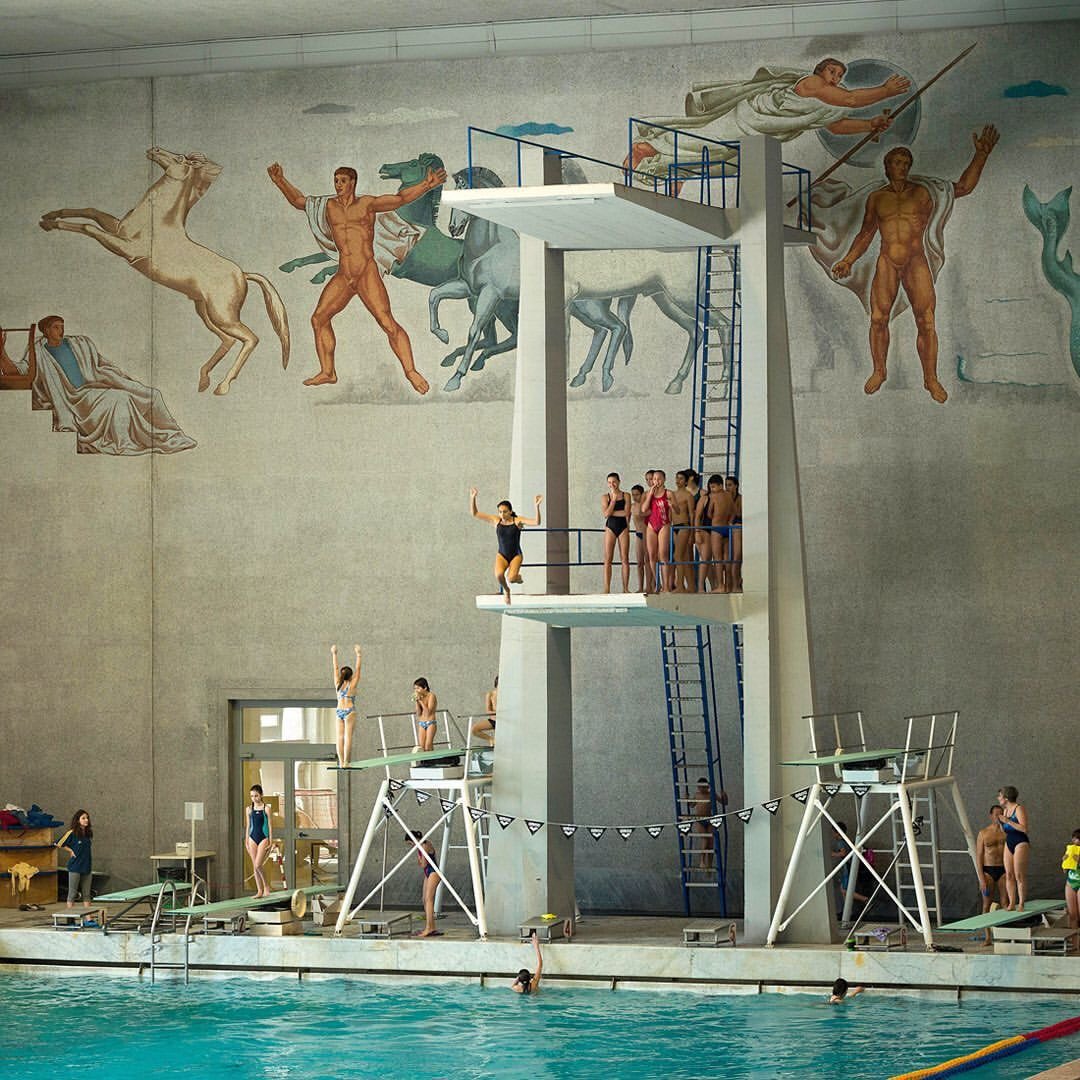ASTM’s color and appearance committee (E12) has approved a new standard that will be useful in calculating the colors of objects. The new standard (E3415) expands on color calculations described in ASTM’s standard on CIE colorimetric systems (E308). https://t.co/7F97dcFkVe pic.twitter.com/5GCfEgP4TI
— ASTM International (@ASTMIntl) September 30, 2024
Review of development in safety and sustainability best practice catalogs for education community outdoor environment.





